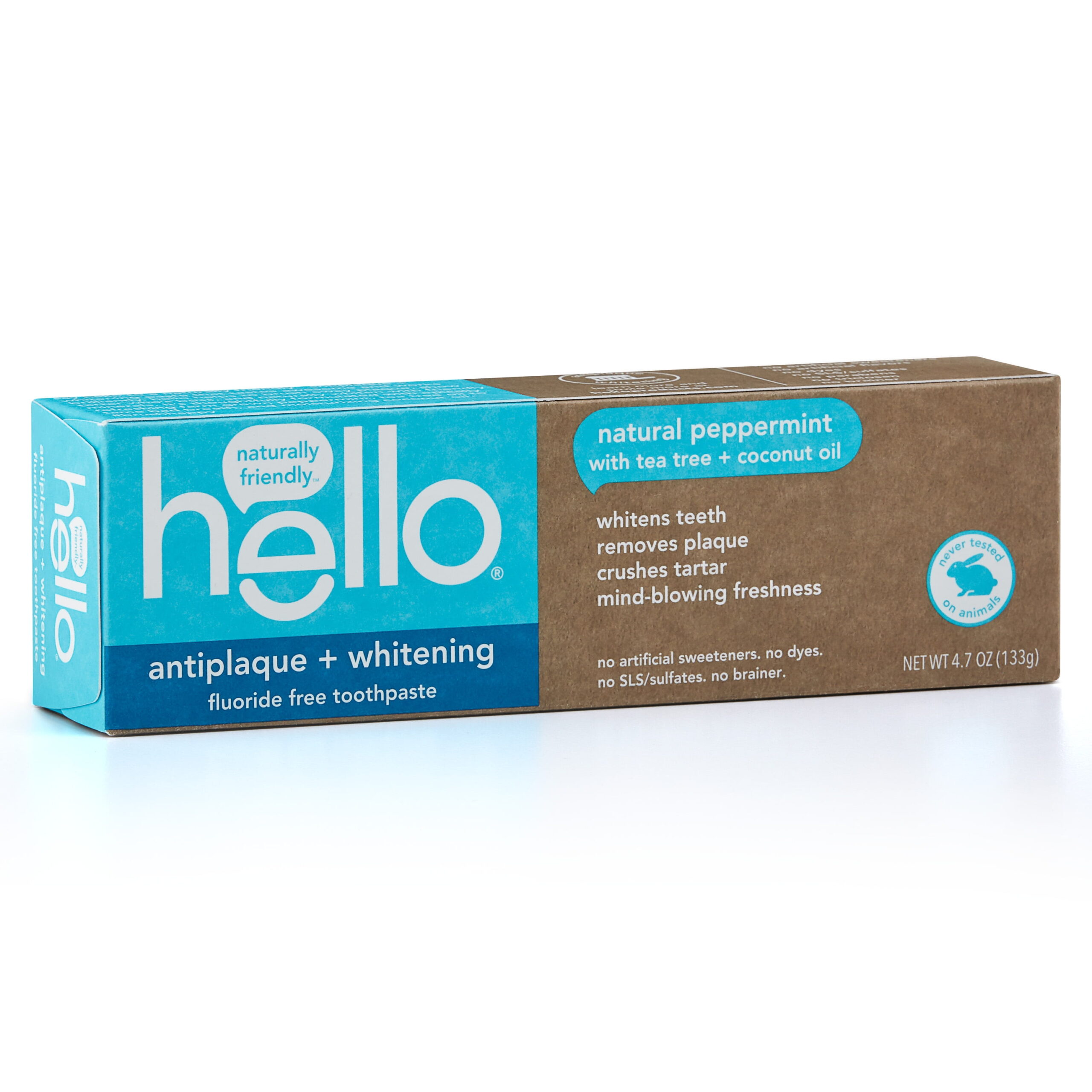Rethinking Hot Tub Sanitation: The Mineral Approach
While chlorine remains a popular choice for sanitizing pools and hot tubs, it’s not without its downsides. Chlorine can be harsh on hair and skin, and if not maintained properly, it leads to the unpleasant development of chloramines. For pool and hot tub owners considering alternative sanitization methods, mineral sanitizers present a promising option.
Before transitioning away from chlorine, it’s essential to understand how mineral sanitizers work, the benefits they offer, and how they can improve overall maintenance and comfort. At PoolRepair.fyi, we provide comprehensive guides to help you navigate these choices effectively.
What is a Hot Tub Mineral Sanitizer?
Mineral sanitizers utilize naturally occurring minerals like silver and copper to sanitize your pool or spa. Historically, silver has been valued for its antibacterial properties, while copper is a reliable ally against algae, frequently found in algaecides for pools.
These minerals work together to keep your hot tub clean by actively eliminating bacteria and algae. Some mineral systems also incorporate limestone, which helps neutralize the acid produced by chlorine, maintaining a balanced pH level.
Benefits of Hot Tub Mineral Sanitizers
Less Reliance on Chemicals
With mineral sanitizers, you can significantly reduce your use of chlorine or bromine. This not only minimizes water harshness on your skin but also prevents the accumulation of unwanted chloramines.
Cost-Effective Maintenance
Mineral sanitizers often prove to be a more economical choice. With long-lasting cartridges that need replacement every few months, depending on usage, they reduce the frequency of chemical purchases.
Potential Considerations of Mineral Sanitizers
Manage Copper Levels
Copper, a common ingredient in mineral sanitizers, can cause staining in hot tubs, particularly if your water source already contains high copper levels. Using a metal sequestrant can help prevent stains, though excessive use could reduce sanitizer effectiveness.
Complementary Usage
While mineral sanitizers are effective, they are best used in conjunction with a small amount of chlorine or bromine to ensure complete sanitization against bacteria and viruses.
Types of Spa Mineral Sanitizer Systems
Filter Sticks
Filter sticks offer simplicity and ease. Insert them into your hot tub’s filter, where they will release minerals into the water continuously, maintaining its cleanliness.
Inline Systems
Inline systems are slightly more complex and require pre-installed compartments within the spa. They accommodate cartridges, providing an efficient mineral dispersion directly integrated into the spa’s plumbing.
Using Hot Tub Minerals Effectively
Water Preparation
To switch to minerals, ensure your water is free from existing sanitizers. When transitioning from chlorine, allow levels to drop to the recommended parts per million before adding minerals.
Testing Parameters
Regular testing for water hardness and metal content is crucial. For mineral systems to operate efficiently, maintaining proper water balance is essential.
Sanitizer Adjustment
Supplementing mineral sanitizers with minimal chlorine or bromine ensures comprehensive coverage. Regularly test levels to keep them within optimal ranges.
Enhancing Your Pool and Spa Experience
A shift to mineral sanitizers can lead to a more enjoyable and cost-effective pool or spa experience. PoolRepair.fyi is your reliable resource for ensuring a smooth transition and maximizing the benefits of mineral sanitization. Keeping your water balanced and equipment well-maintained will reward you with clearer water and a healthier soak.
Join PoolRepair.fyi today for expert tips and guidance on all facets of pool maintenance.
Happy Soaking!
#PoolRepair #HotTubMaintenance #MineralSanitizers #ChlorineAlternatives #PoolCare


